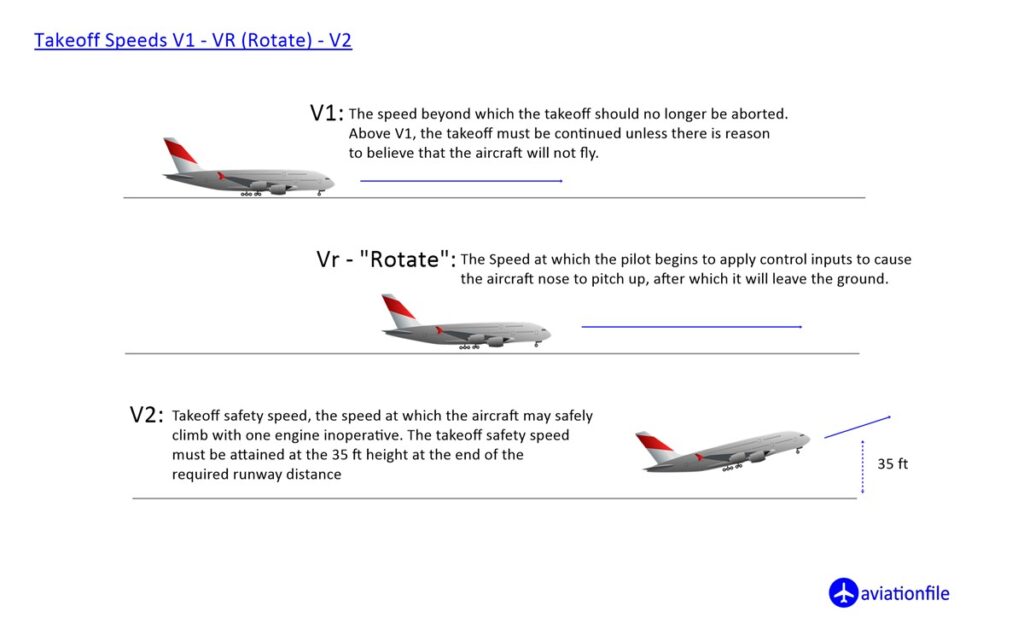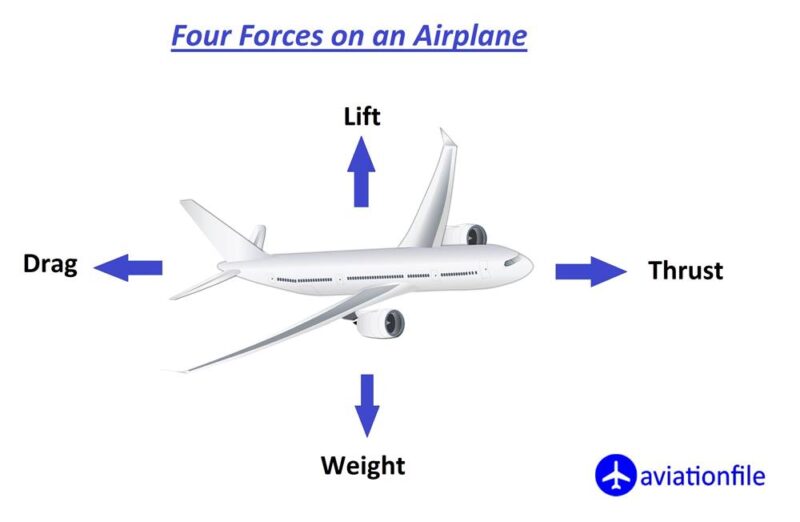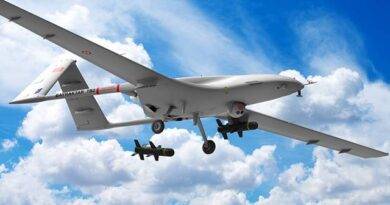What Is Runway Slope and Gradient?
Runway slope, or gradient, refers to the change in elevation along the length of a runway. It is typically expressed as a percentage.
- Positive gradient (upsloping): The runway elevation increases in the direction of takeoff or landing.
- Negative gradient (downsloping): The runway elevation decreases in the direction of takeoff or landing.
For instance, a 1% gradient indicates a 1-foot elevation change over 100 feet of runway length.

Effects on Takeoff Performance
Upsloping Runways:
- Require longer ground roll distances due to gravity opposing acceleration.
- A 1% upslope can increase the takeoff ground roll by approximately 22% at sea level.
Downsloping Runways:
- Aid acceleration, potentially reducing takeoff distance.
- A 1% downslope may decrease the ground roll by about 7%.
While downslopes can assist in acceleration, the benefits are less pronounced compared to the penalties imposed by upslopes.

Effects on Landing Performance
Upsloping Runways:
- Assist in deceleration, reducing landing roll distance.
- Provide a visual illusion of being higher than actual, potentially leading to a lower approach path.
Downsloping Runways:
- Increase landing distance due to gravity aiding the aircraft’s motion.
- A 1% downhill slope can increase landing distance by approximately 10%.
- May create a visual illusion of being lower than actual, causing pilots to approach higher than intended.
Pilots must adjust their approach techniques to account for these illusions and physical effects.

Safety Considerations
- Visual Illusions: Sloped runways can distort a pilot’s perception of altitude and approach angle, leading to unsafe landing approaches.
- Performance Calculations: Accurate assessment of runway slope is vital for calculating takeoff and landing distances, especially under adverse weather conditions or at high-altitude airports.
- Regulatory Compliance: Aviation authorities provide guidelines and performance charts that include corrections for runway slope, ensuring standardized safety margins.
Real-World Applications
Airports in mountainous regions often feature significant runway slopes due to terrain constraints. For example, Tenzing-Hillary Airport in Nepal has a notable gradient to accommodate the surrounding topography.
Recommended Article: Unveiling the Magic: The Four Forces of Flight Explained
What is Slope?
Conclusion
Runway slope and gradient significantly impact aircraft performance and safety. Proper understanding and consideration of these factors are essential for safe flight operations. Pilots and aviation professionals must incorporate slope considerations into their pre-flight planning and in-flight decision-making processes.


